We are seeing that all these organisms (animals, fungi--mold, and micoorganisms) are getting bigger as they consume dead stuff (other animals and plants). But we've also seen evidence of plants getting bigger, too! So how is it that they grow, and get the matter they need to gain weight over time?
Students were asked to develop a model for where they think a plant gets the matter (pieces/particles that have weight and take up space). Check out these four students' ideas:
While we agreed on many things from each of the four models, we felt that by setting up some controlled investigations, we could truly see what was giving the plants the matter they needed to grow, which means a scale would be helpful! While we would have love to have set this up ourselves, we recognized the limitations to doing this, especially since plants grow so slowly. Thank goodness there are some amazing people out there (home scientists, too!) sharing the data from there investigations!
From all this, what are we thinking? Do plants really get their matter from water, air, and light? Wait, are all these things made of matter? We've heard that light is a type of energy but what role does it play? Also, we're seeing that plants can grow without soil. Does that mean that plants need soil but don't get their matter from them?
So many new things to investigate! Check back after spring break!
So many new things to investigate! Check back after spring break!
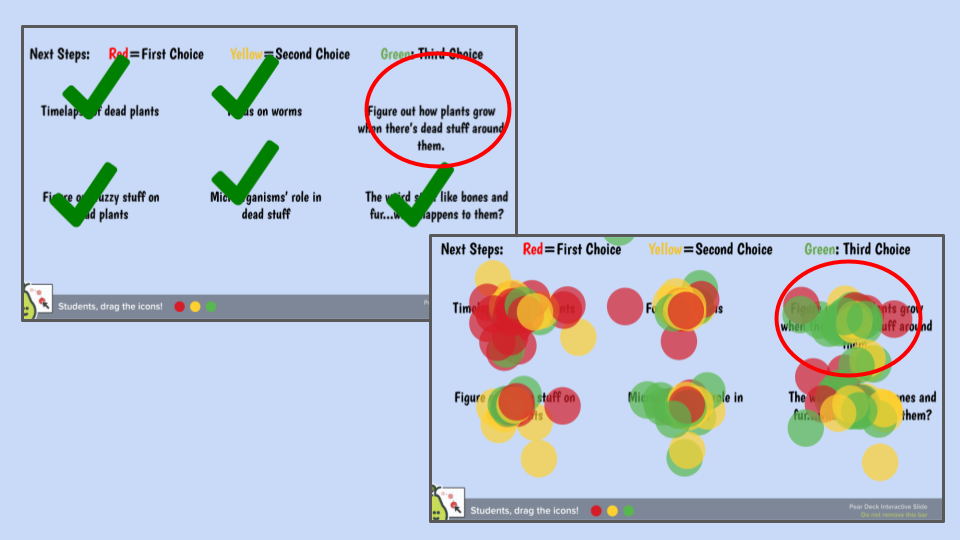
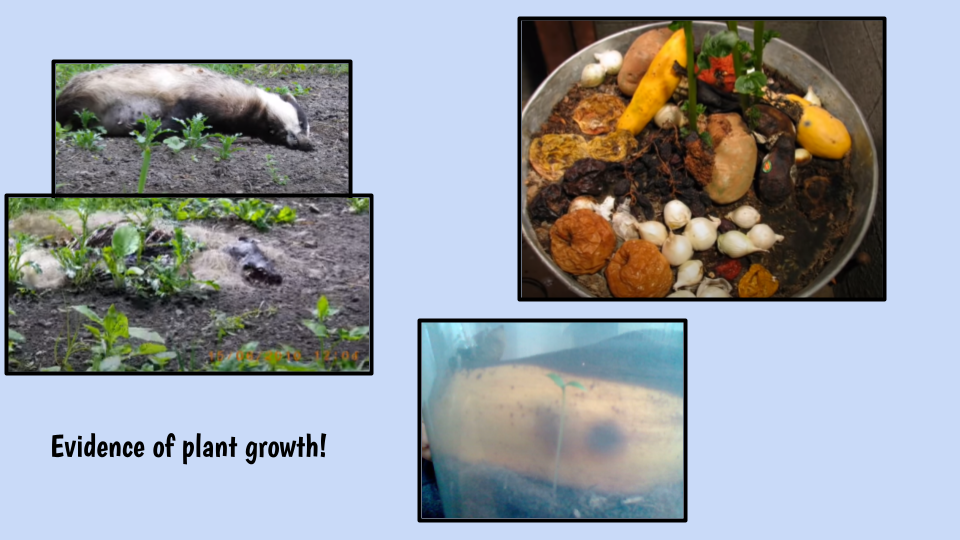
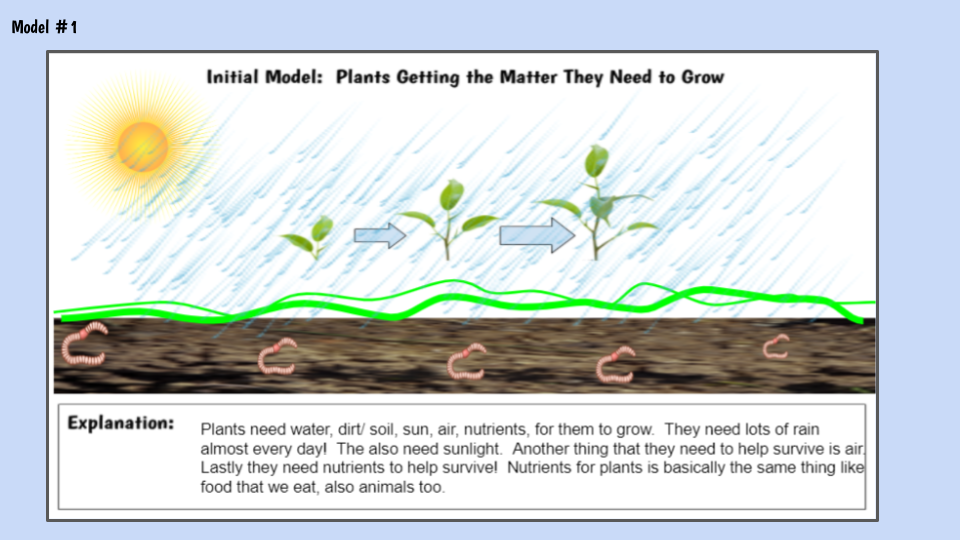
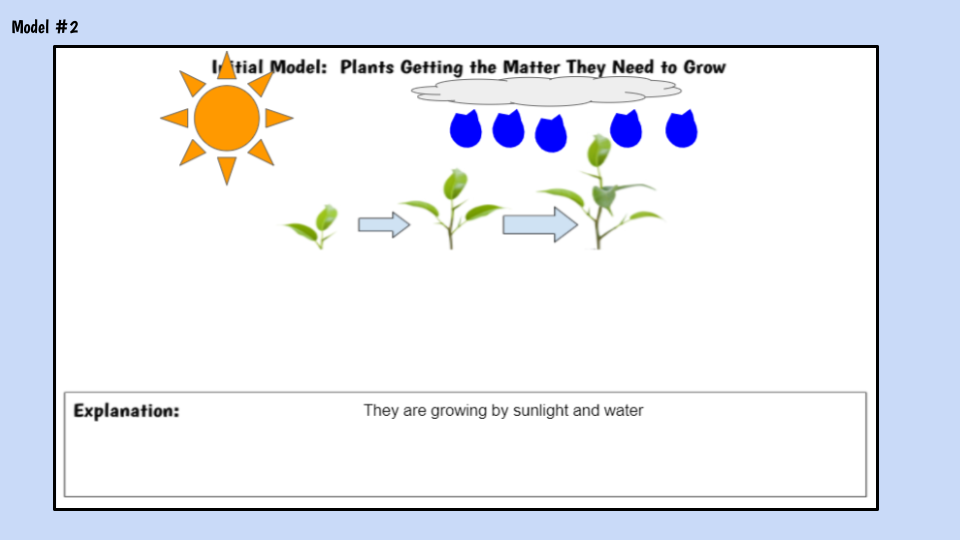
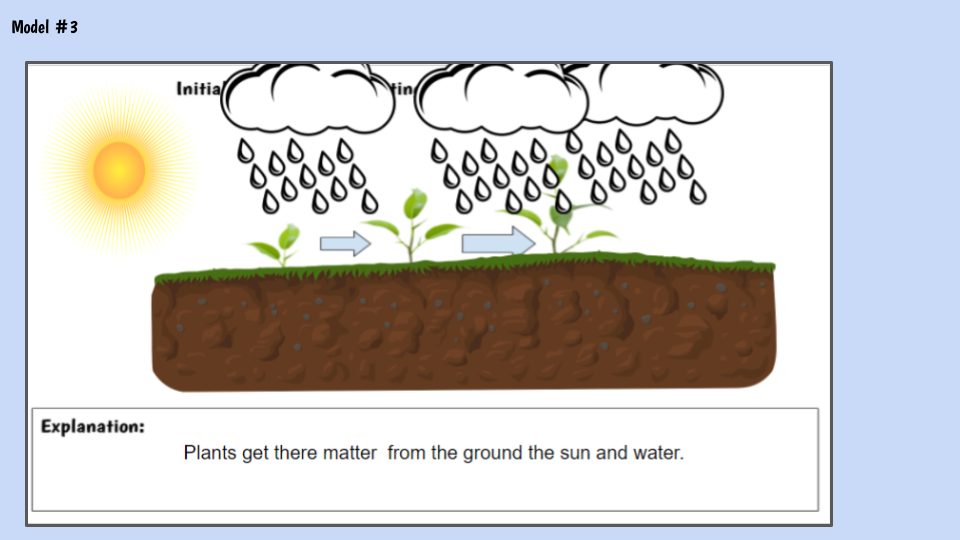
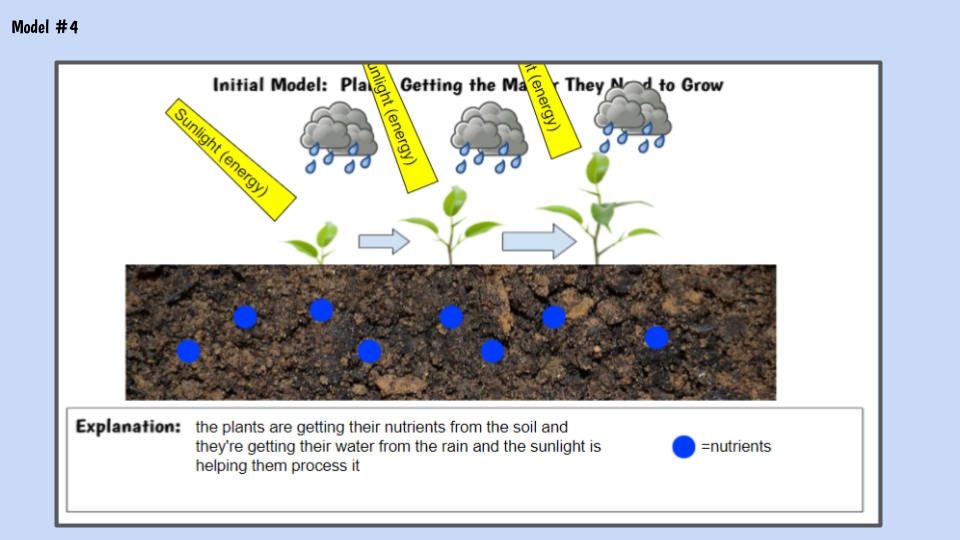
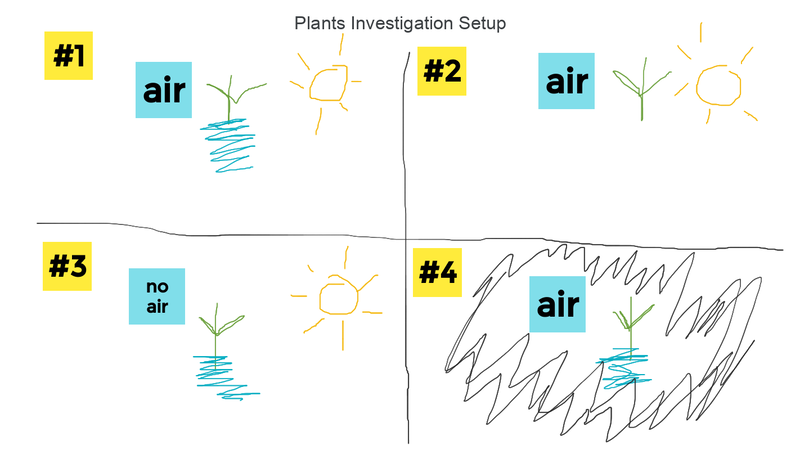
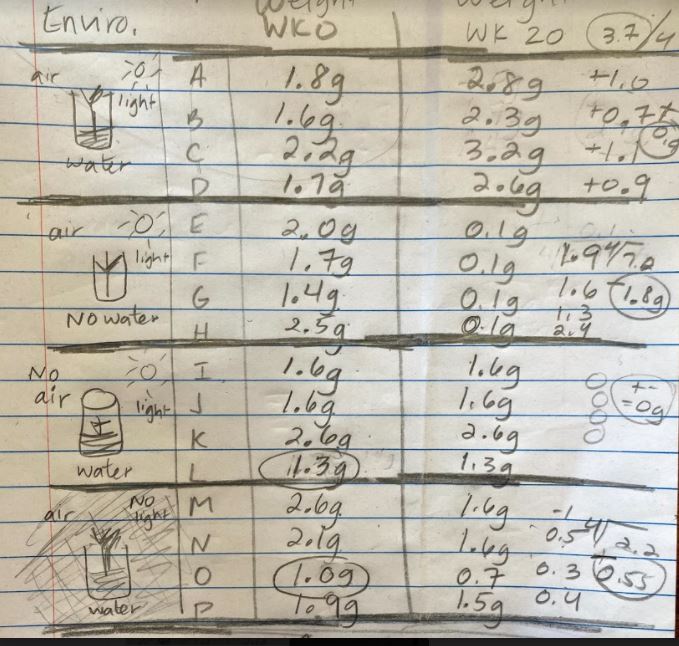
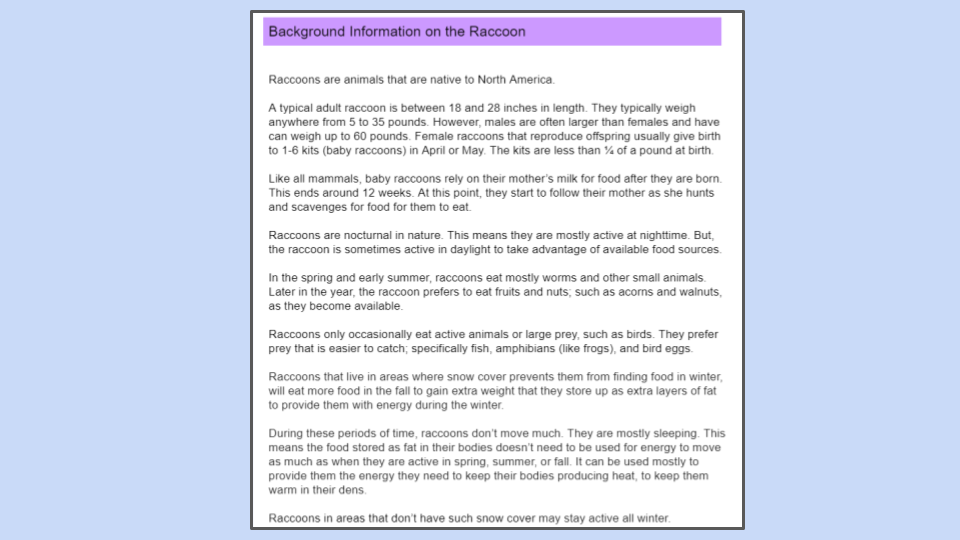
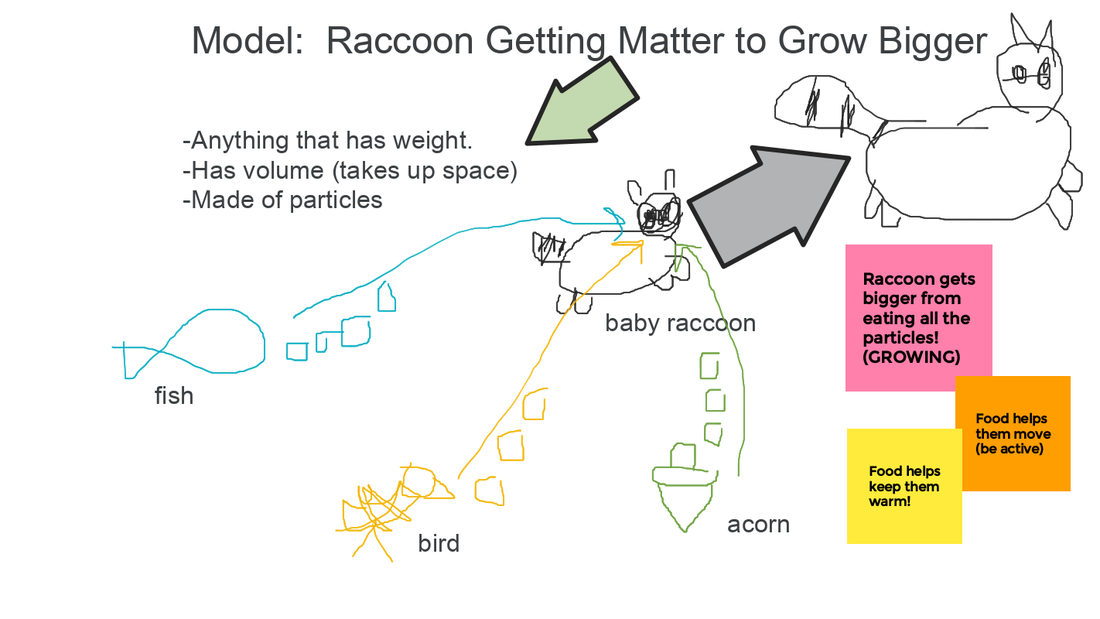
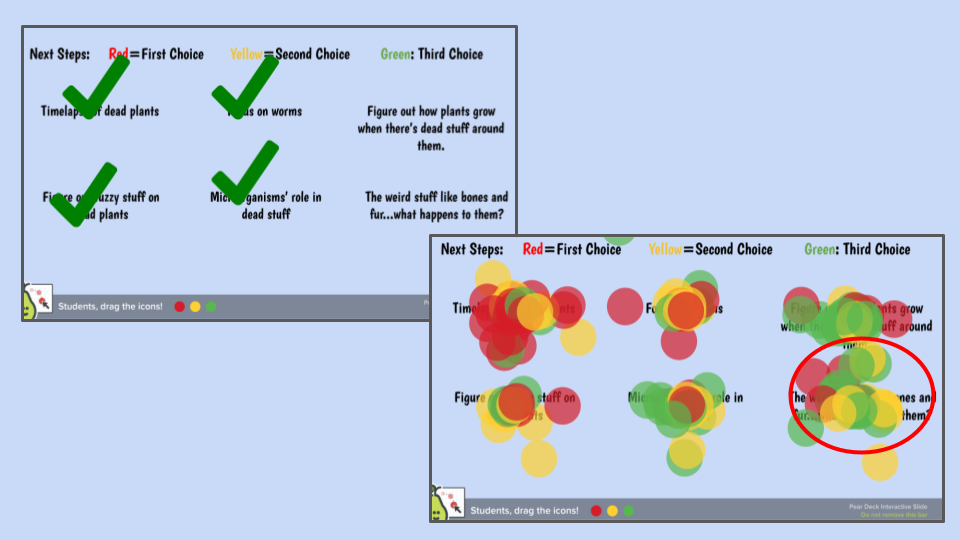
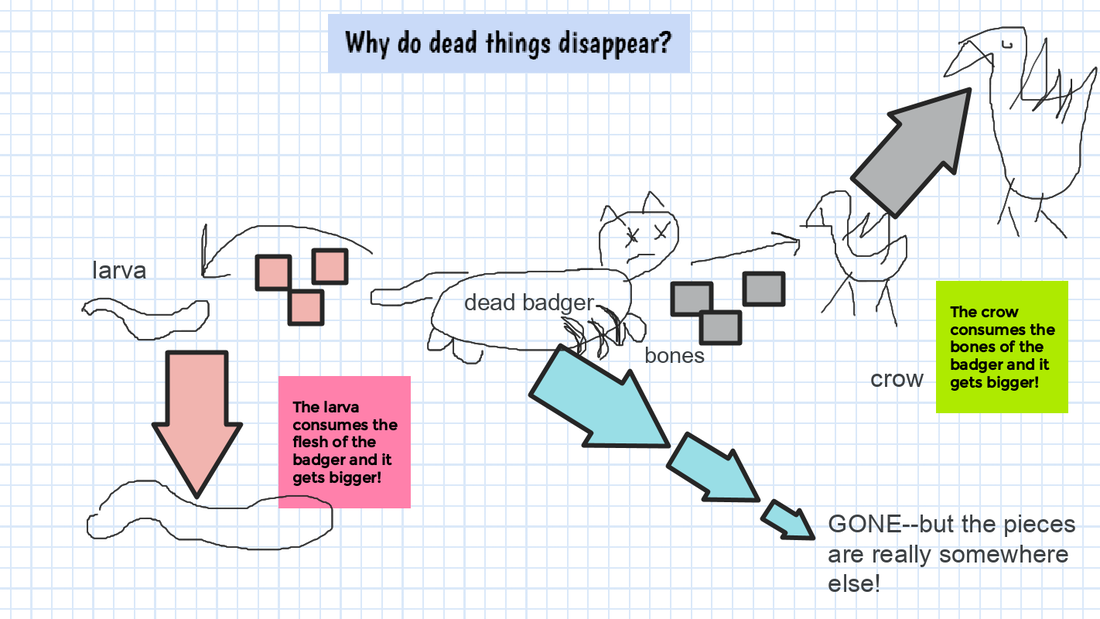
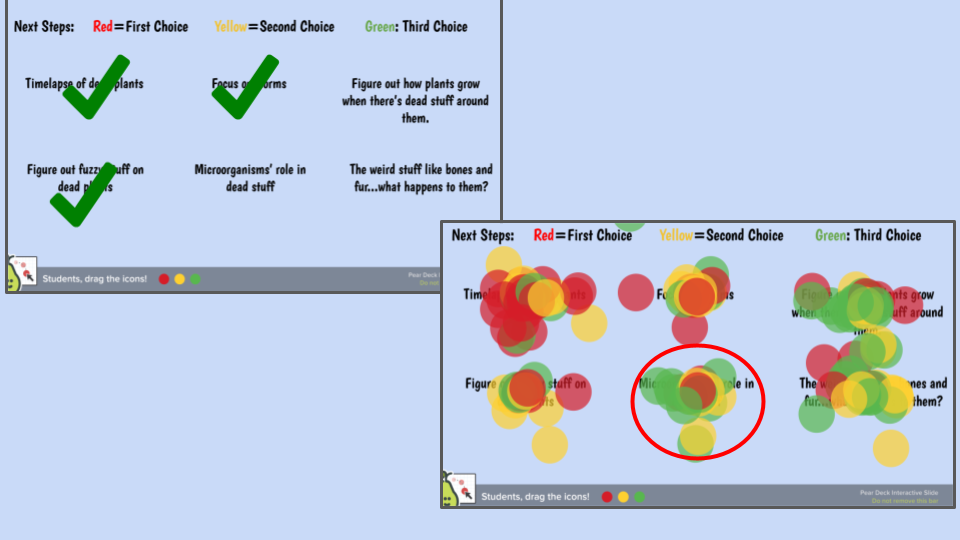
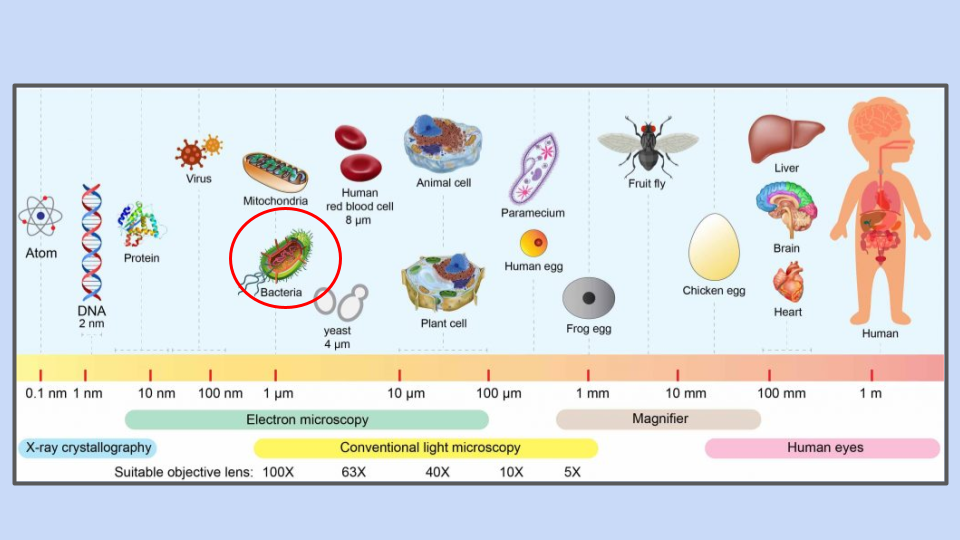
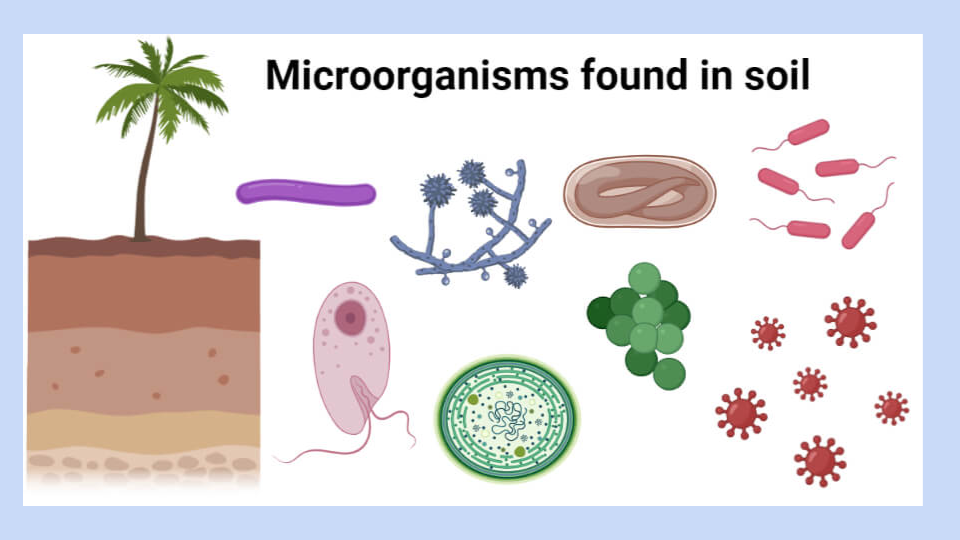
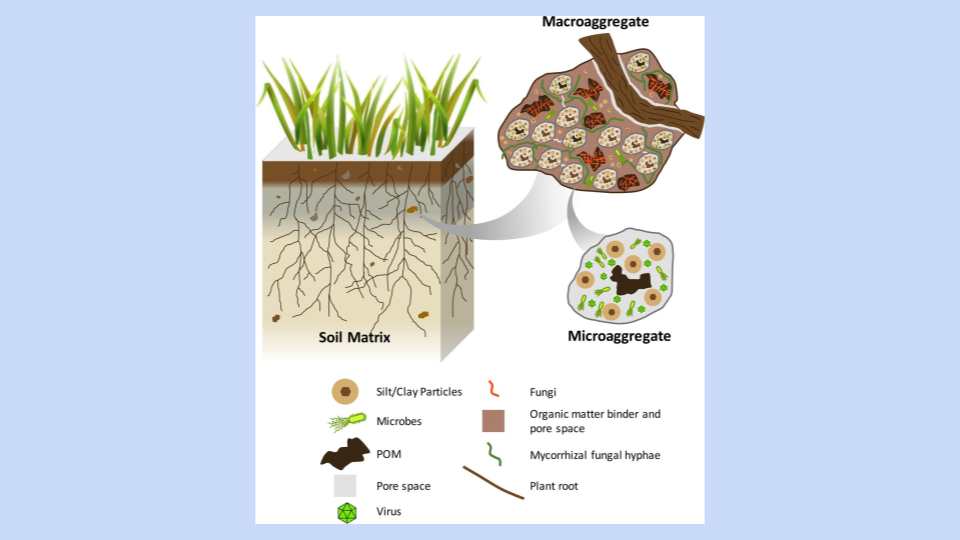
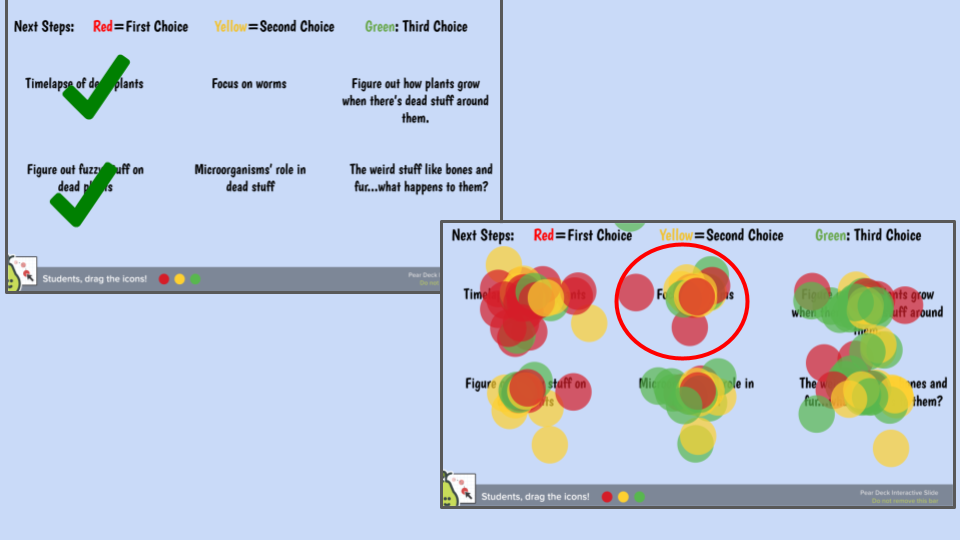
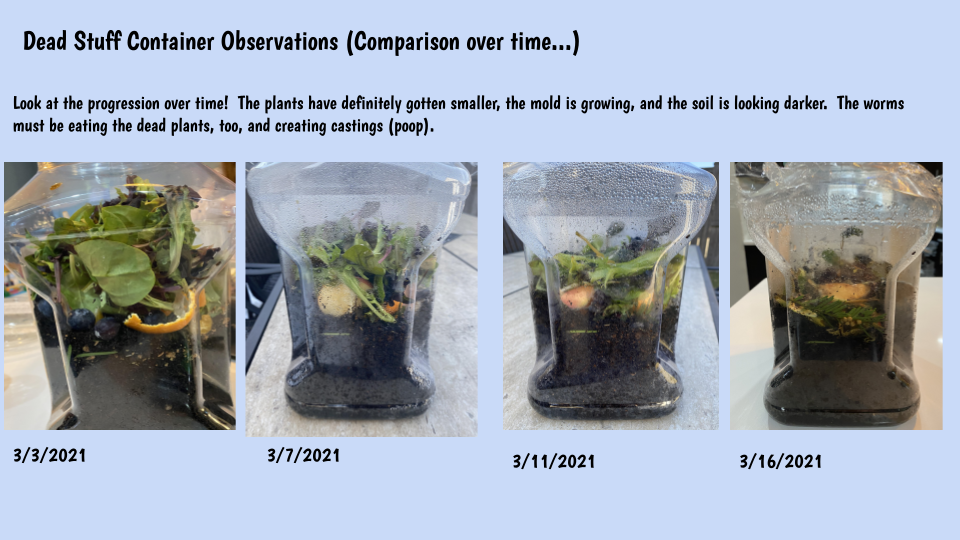
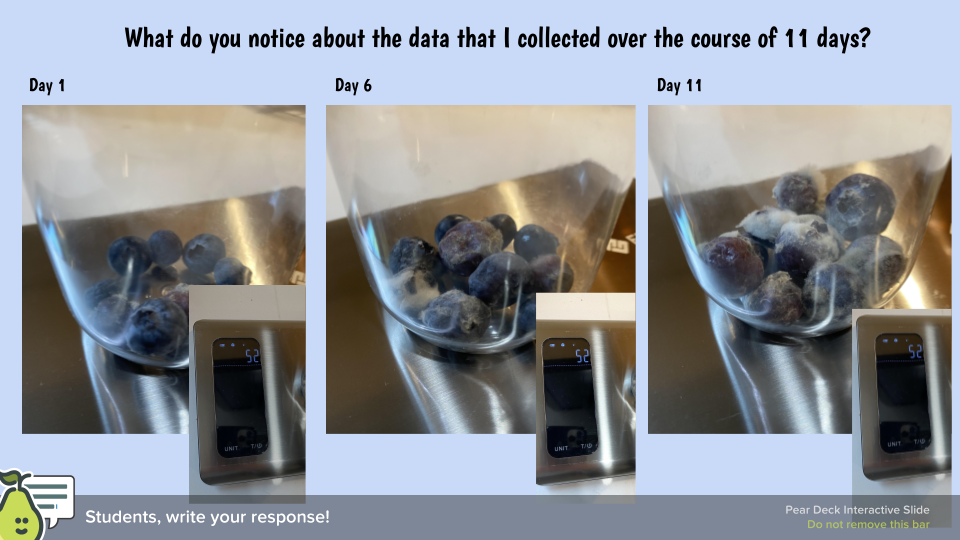
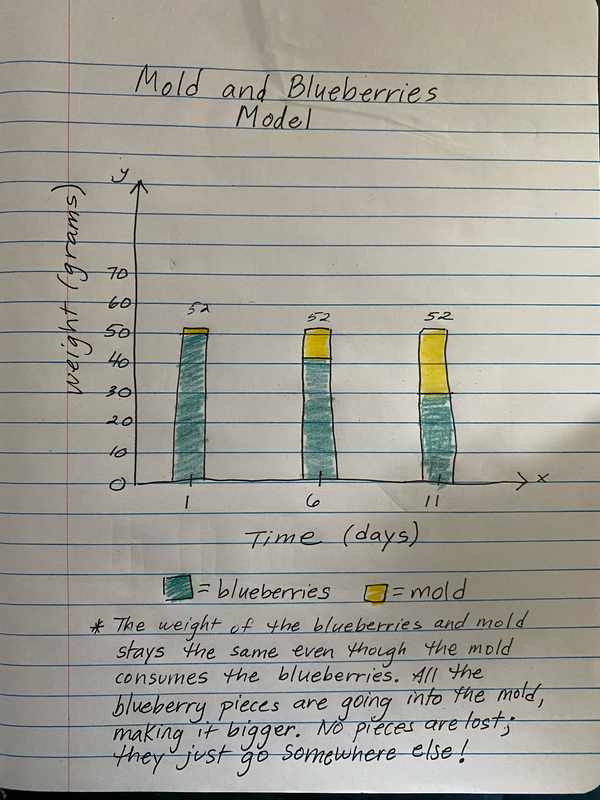
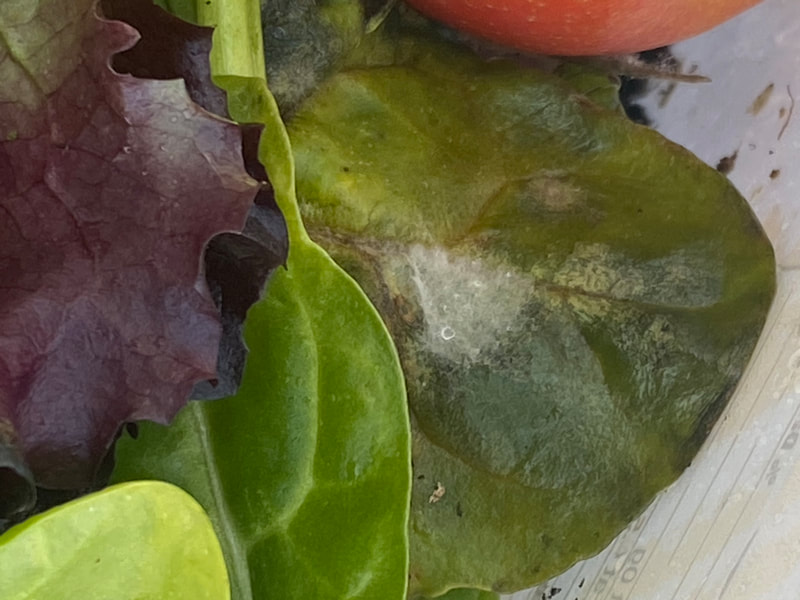
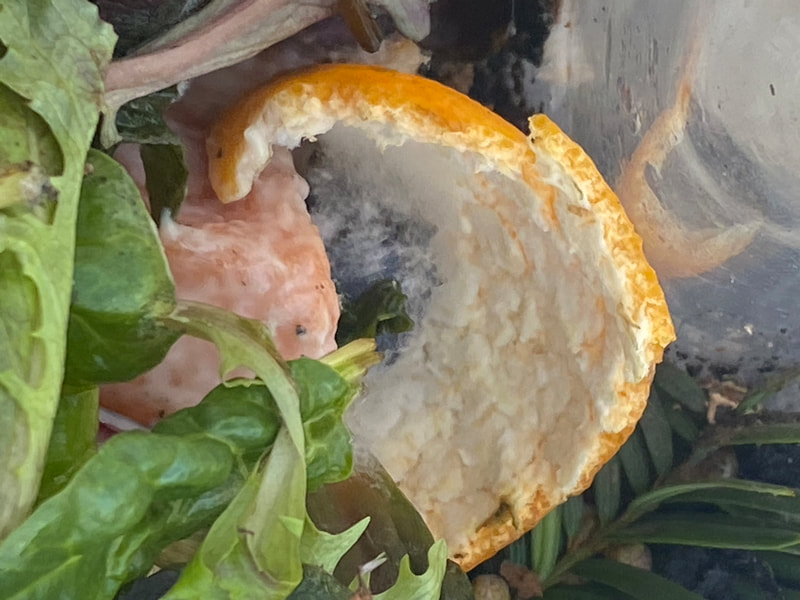
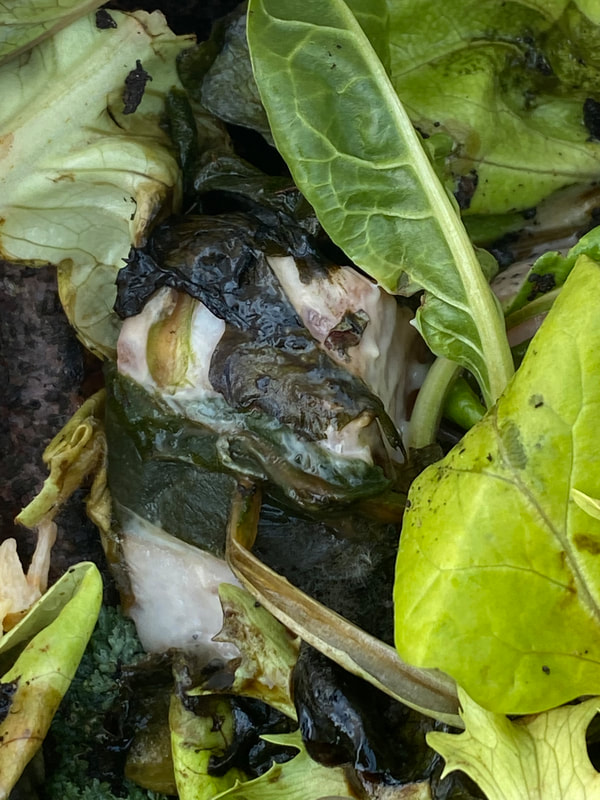
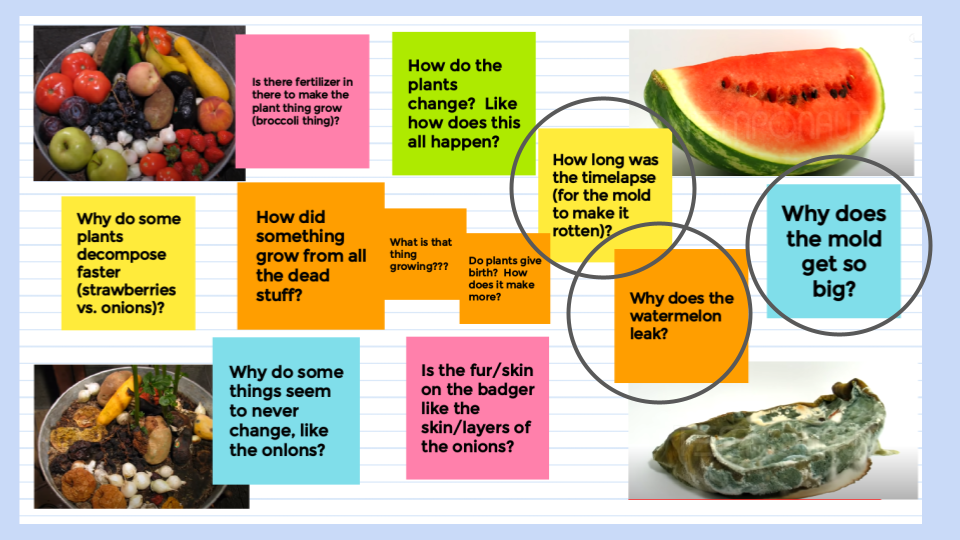
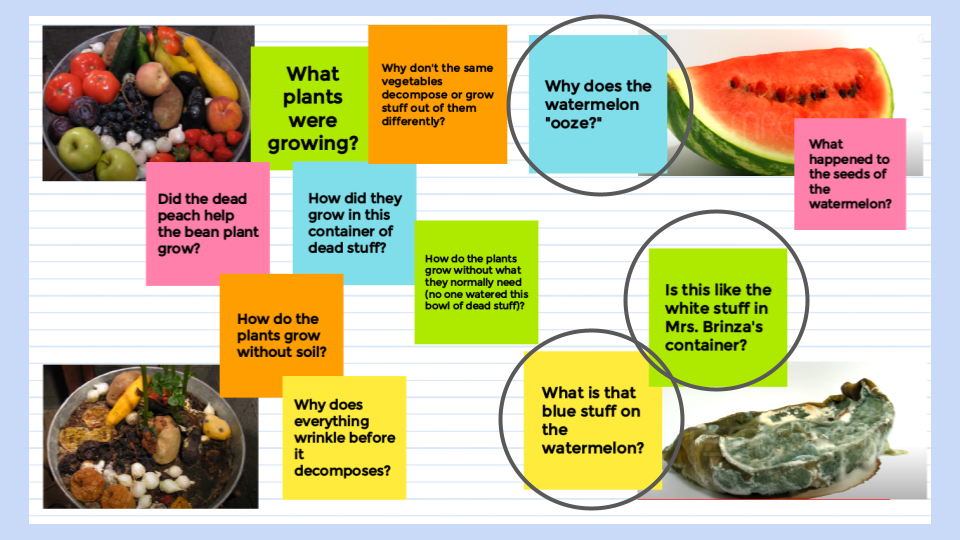
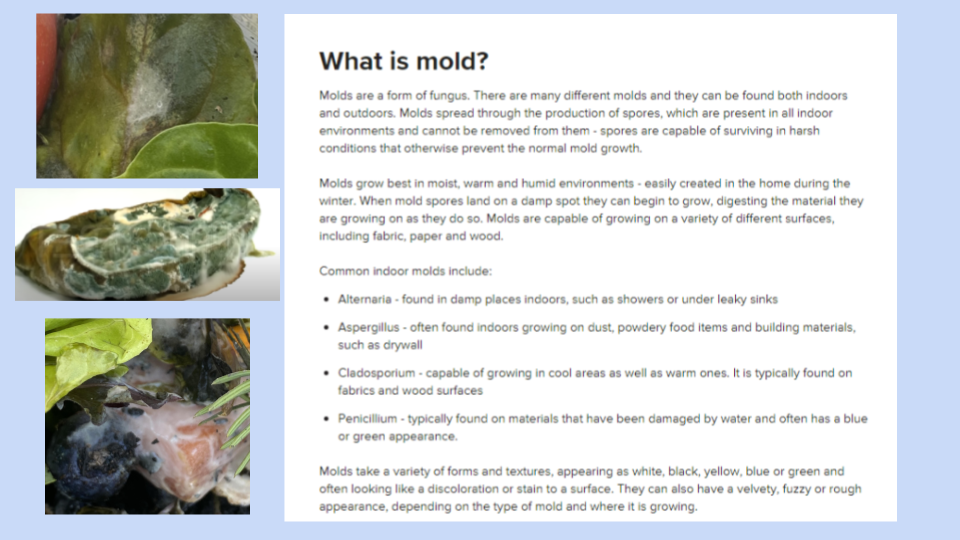
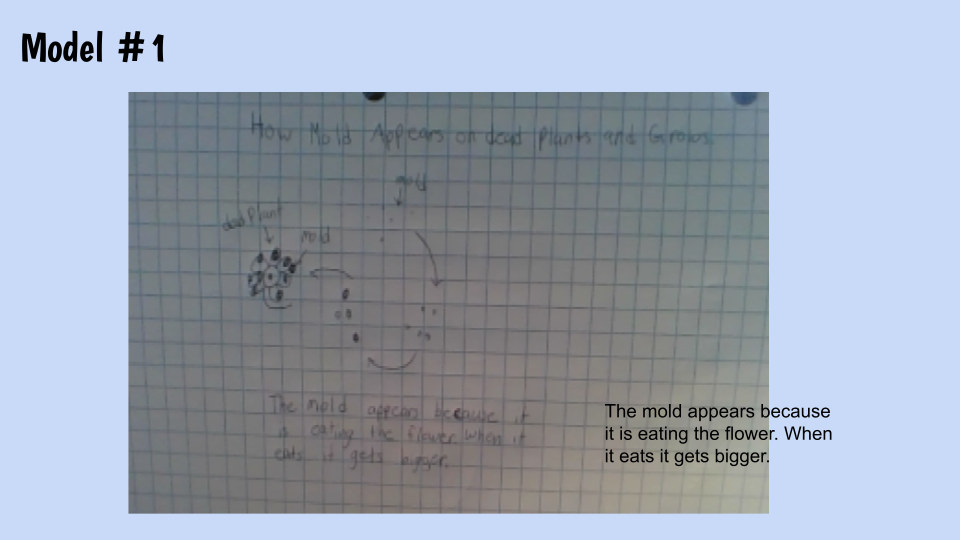
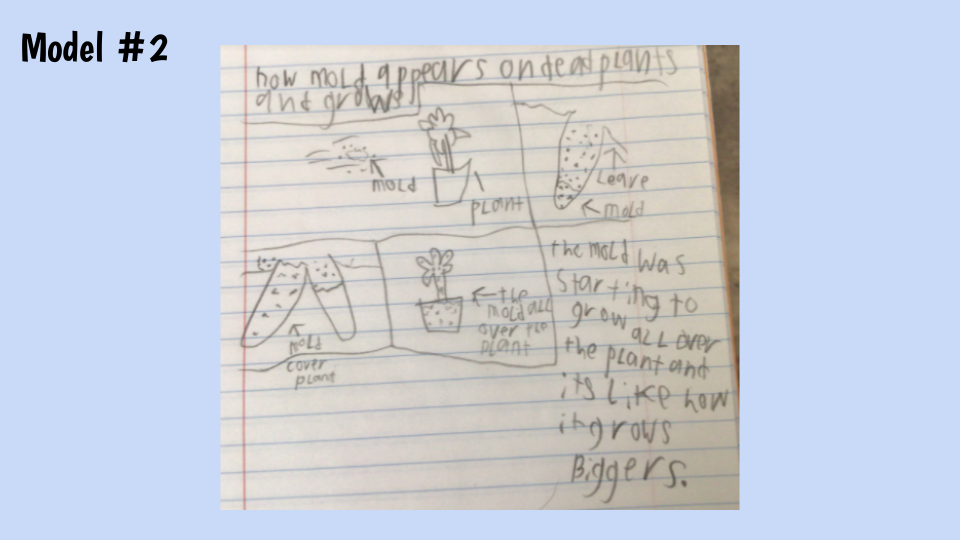
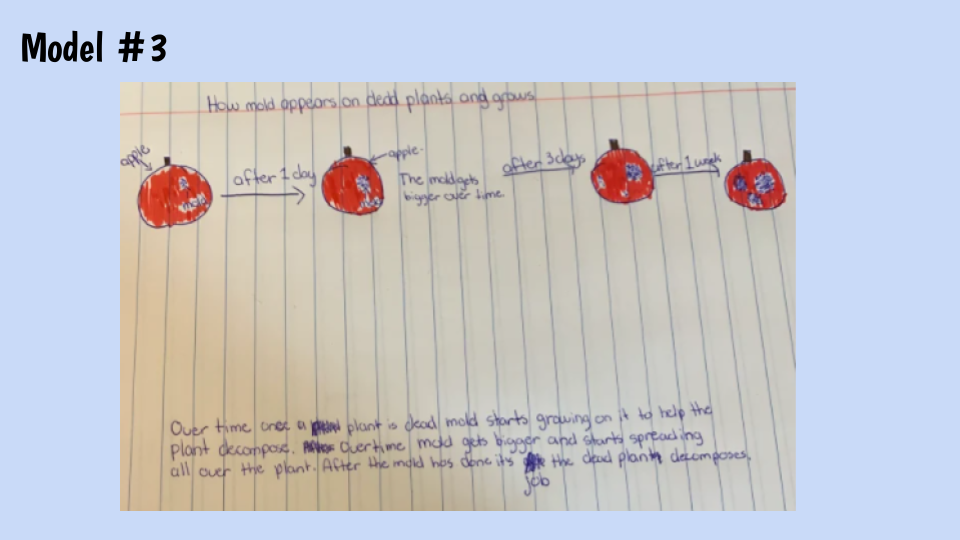
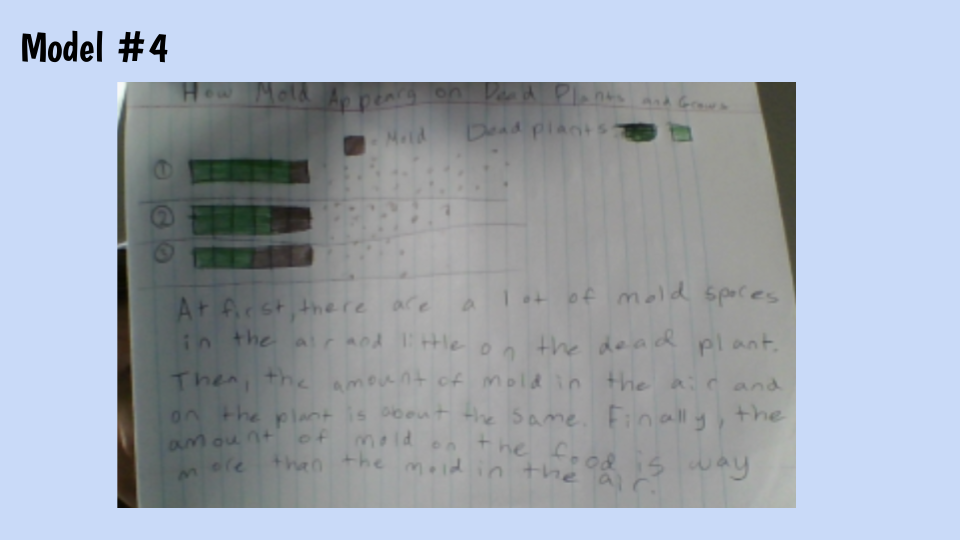
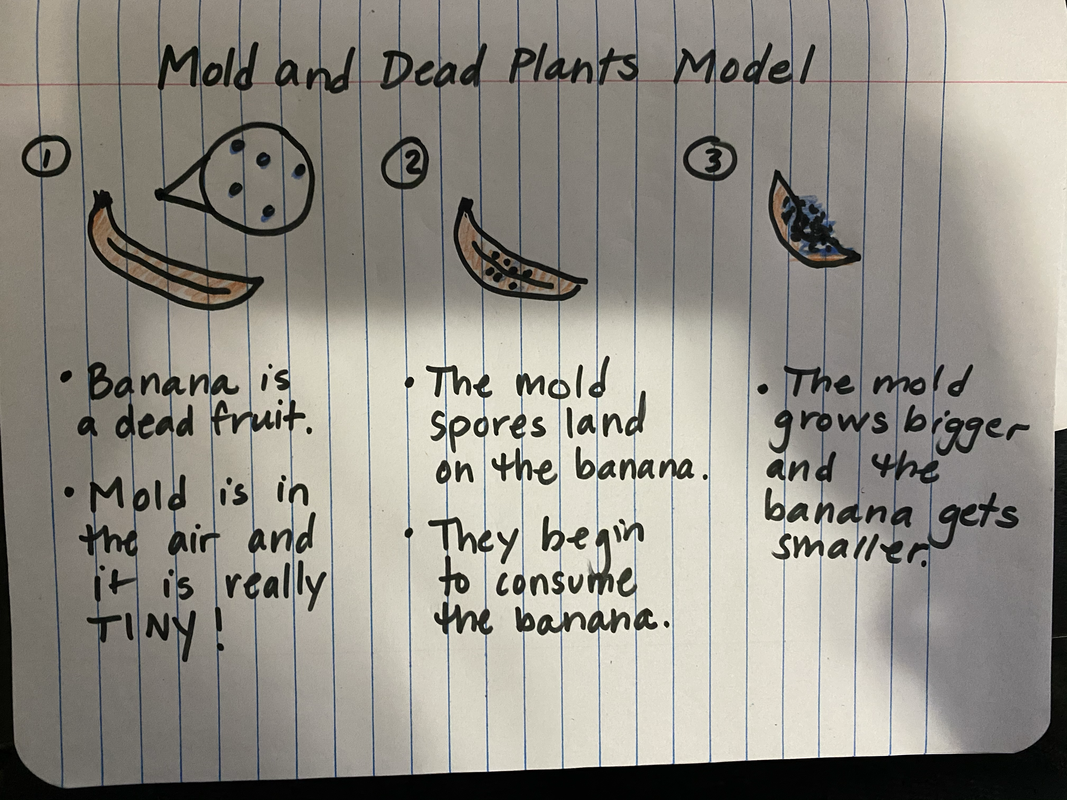
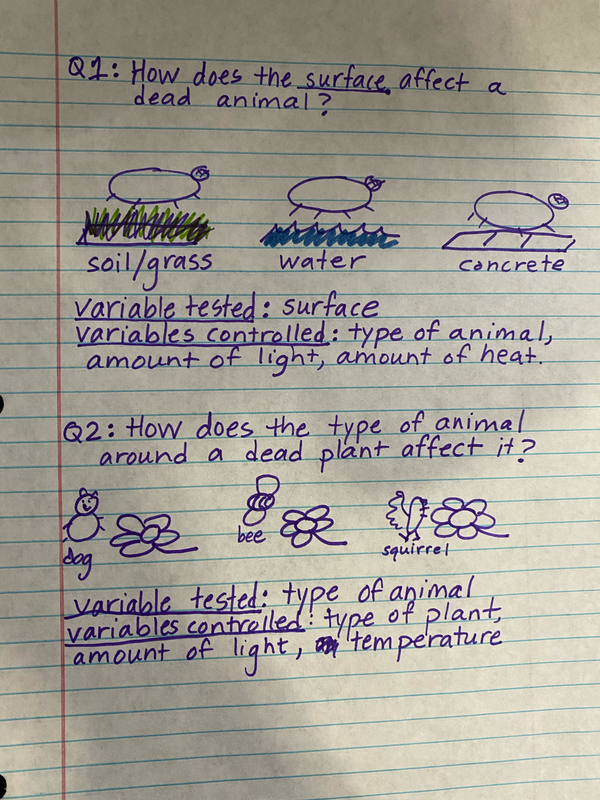
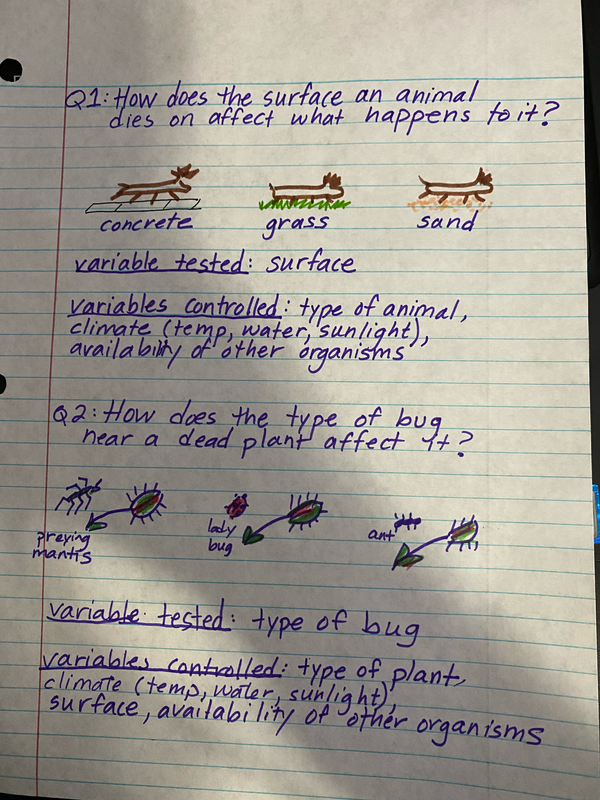
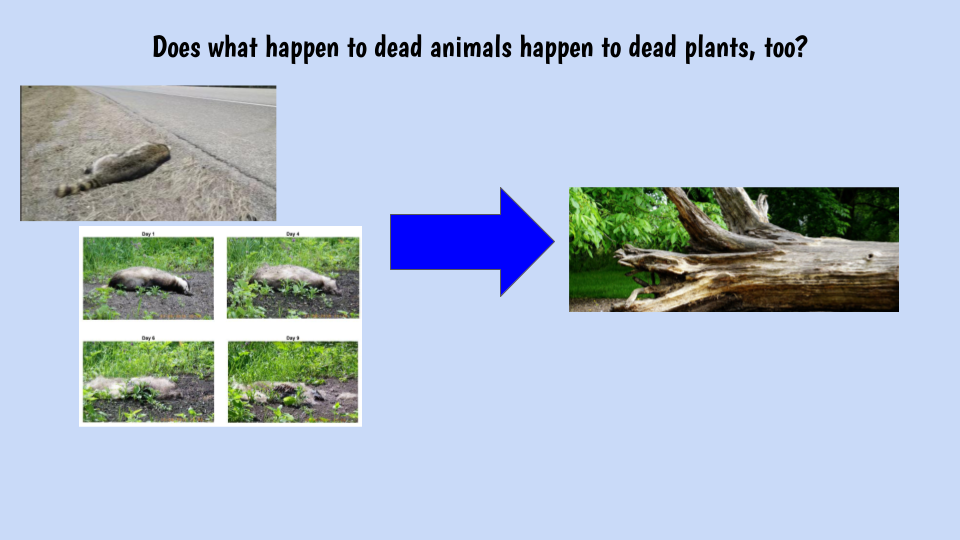
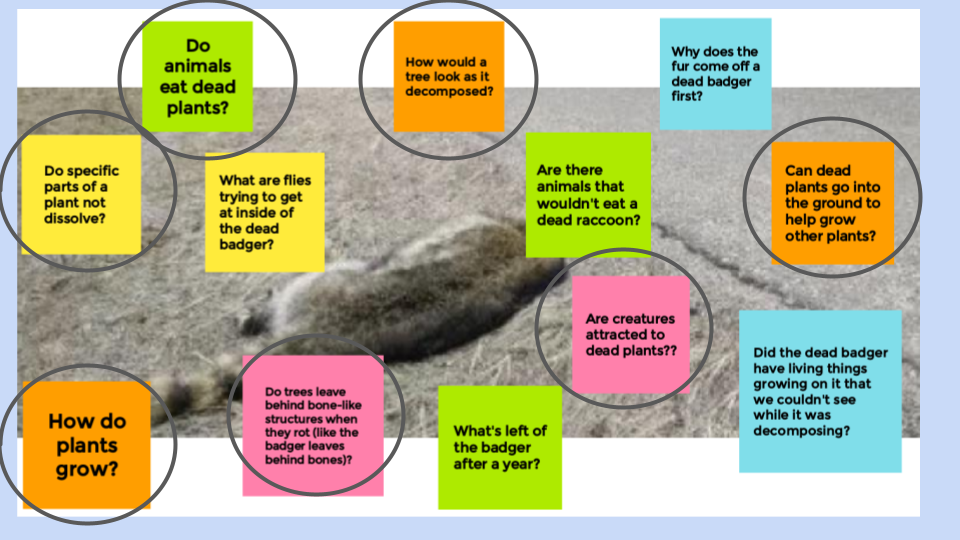
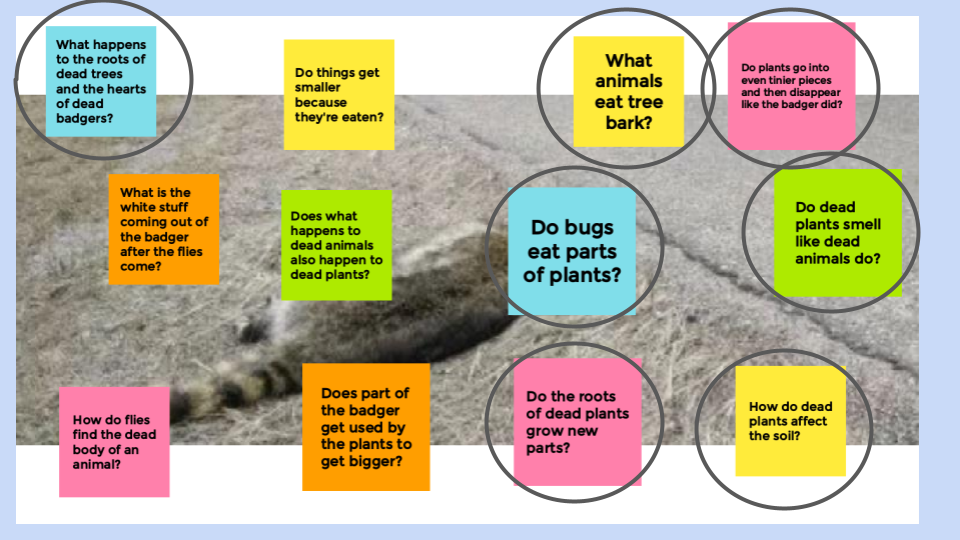
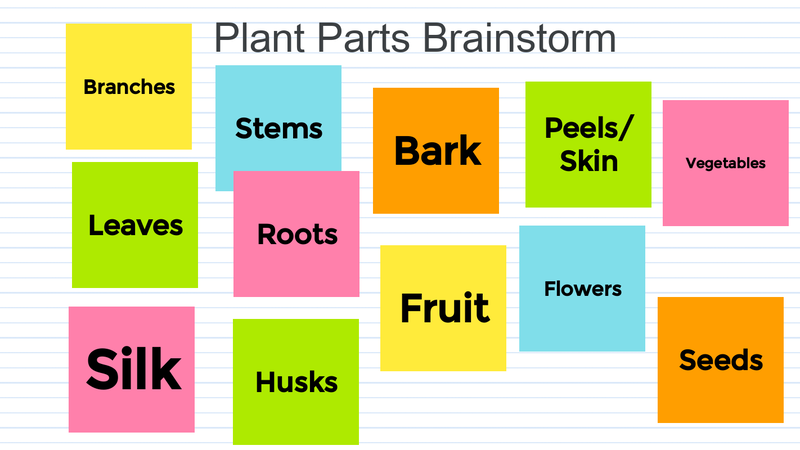
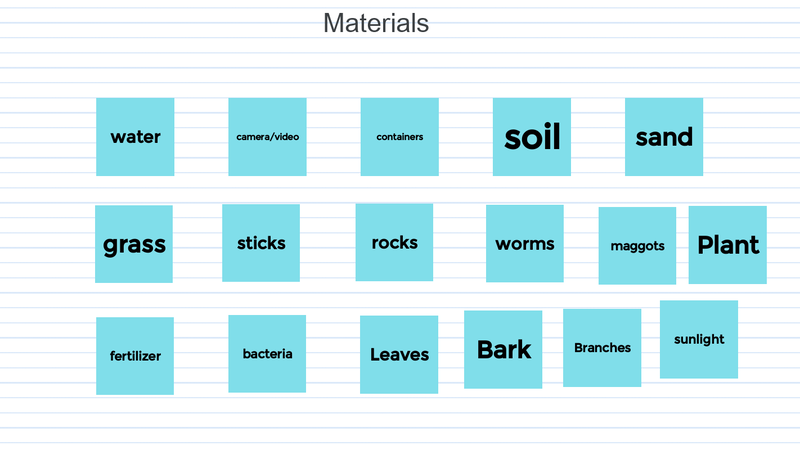
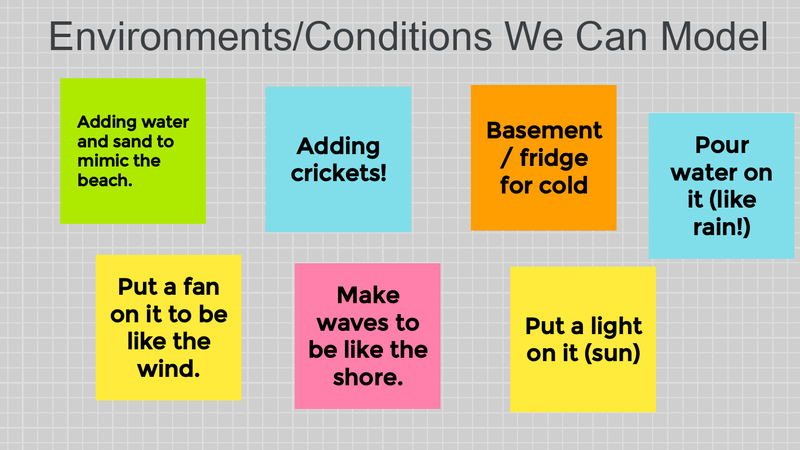
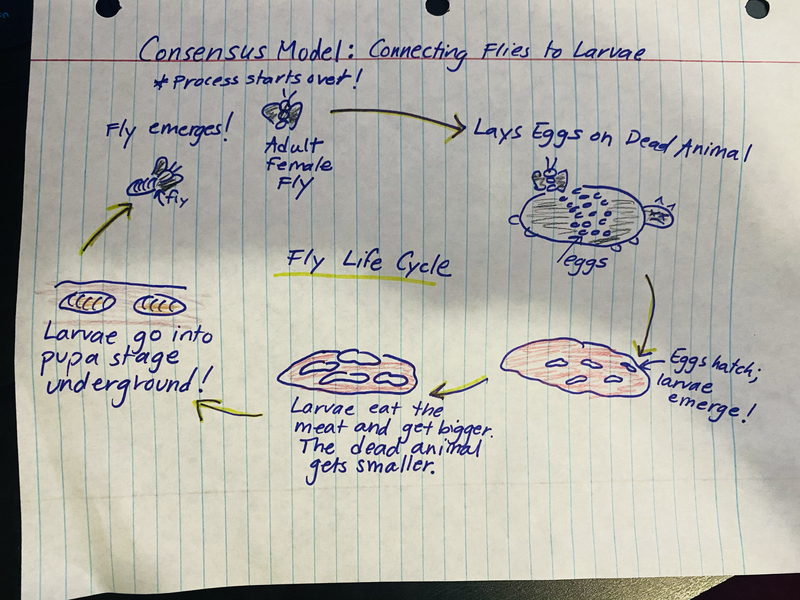
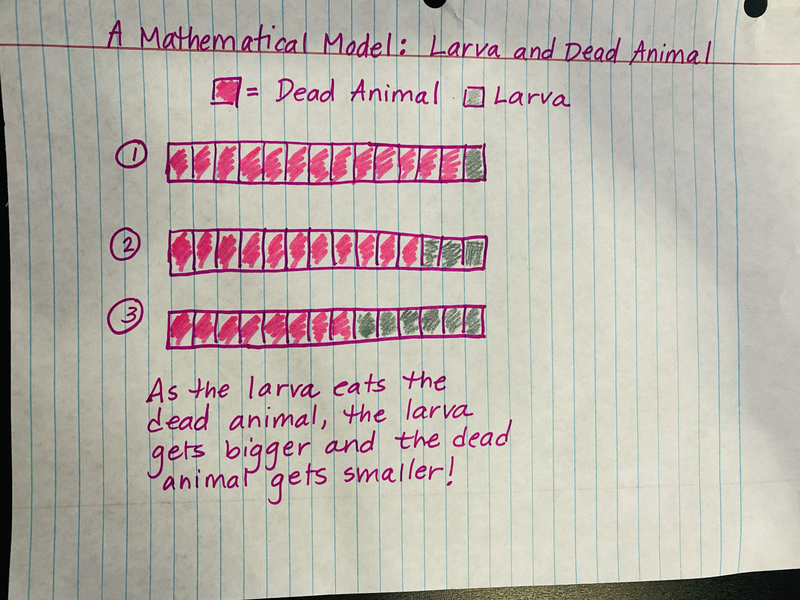
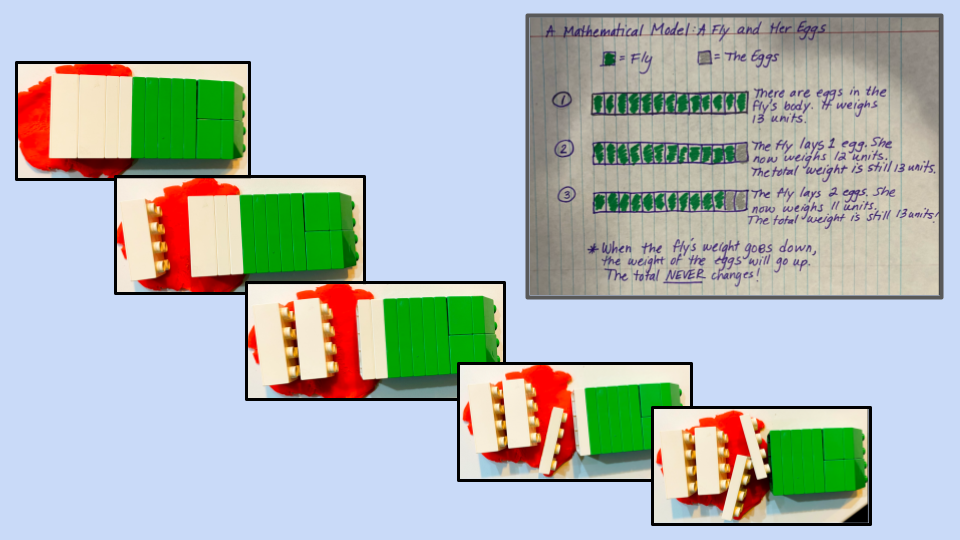
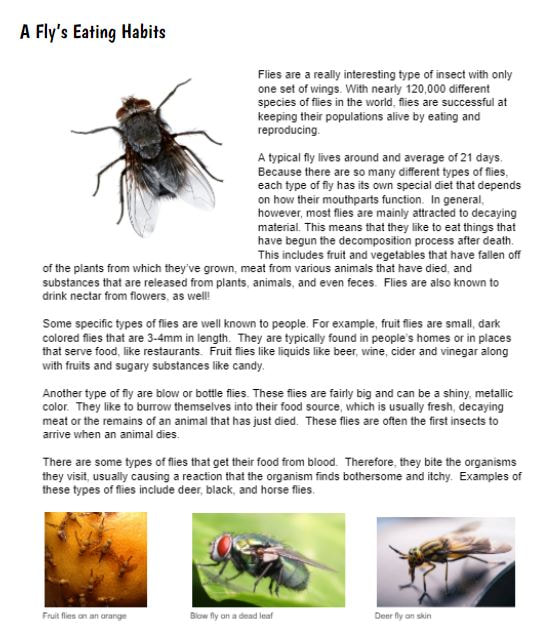
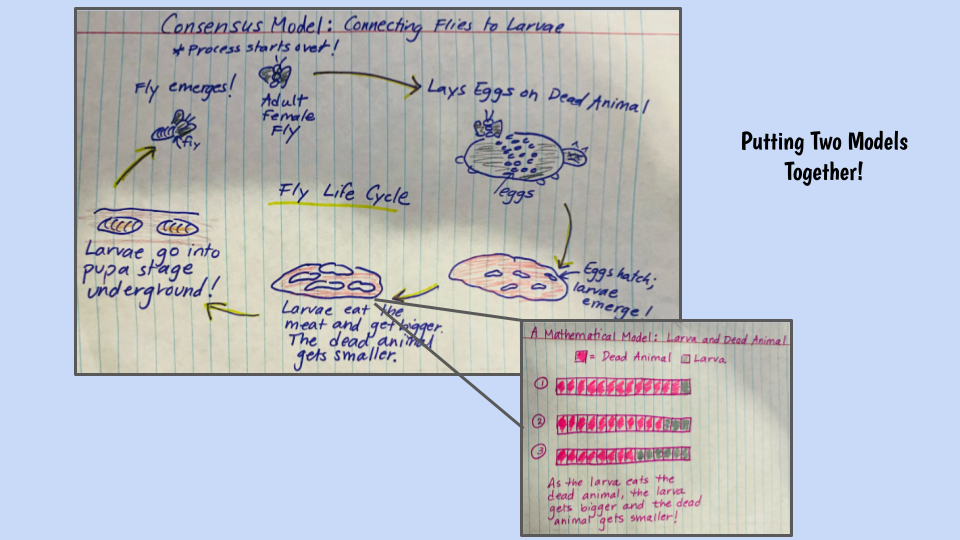
 RSS Feed
RSS Feed